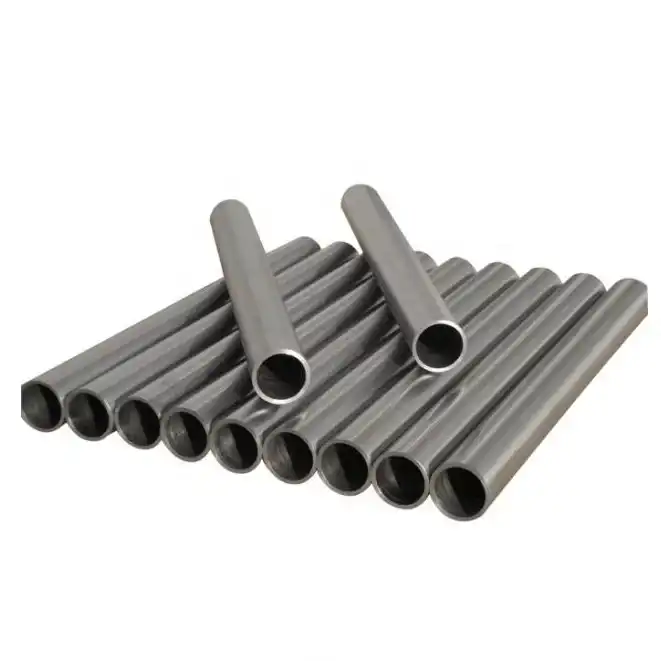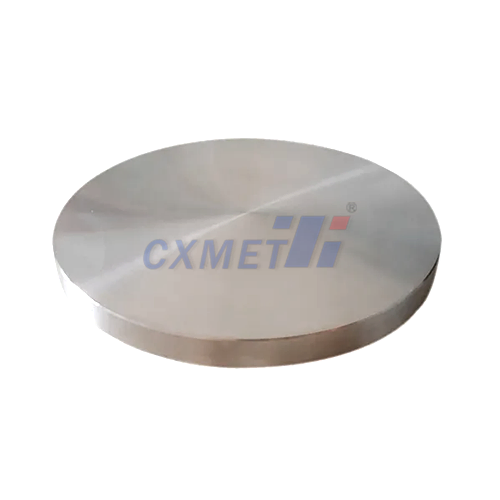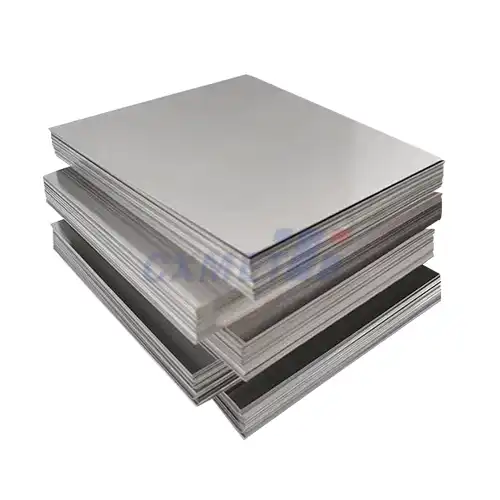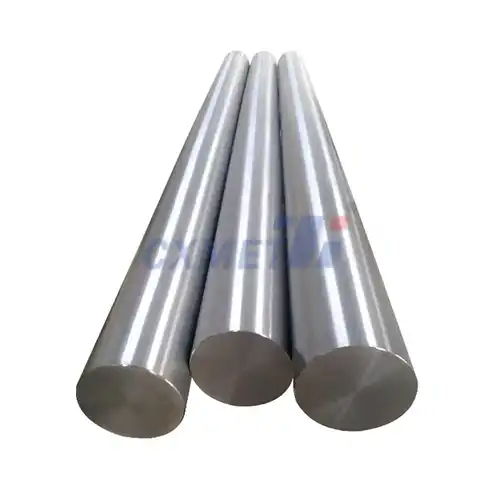- English
- French
- German
- Portuguese
- Spanish
- Russian
- Japanese
- Korean
- Arabic
- Greek
- German
- Turkish
- Italian
- Danish
- Romanian
- Indonesian
- Czech
- Afrikaans
- Swedish
- Polish
- Basque
- Catalan
- Esperanto
- Hindi
- Lao
- Albanian
- Amharic
- Armenian
- Azerbaijani
- Belarusian
- Bengali
- Bosnian
- Bulgarian
- Cebuano
- Chichewa
- Corsican
- Croatian
- Dutch
- Estonian
- Filipino
- Finnish
- Frisian
- Galician
- Georgian
- Gujarati
- Haitian
- Hausa
- Hawaiian
- Hebrew
- Hmong
- Hungarian
- Icelandic
- Igbo
- Javanese
- Kannada
- Kazakh
- Khmer
- Kurdish
- Kyrgyz
- Latin
- Latvian
- Lithuanian
- Luxembou..
- Macedonian
- Malagasy
- Malay
- Malayalam
- Maltese
- Maori
- Marathi
- Mongolian
- Burmese
- Nepali
- Norwegian
- Pashto
- Persian
- Punjabi
- Serbian
- Sesotho
- Sinhala
- Slovak
- Slovenian
- Somali
- Samoan
- Scots Gaelic
- Shona
- Sindhi
- Sundanese
- Swahili
- Tajik
- Tamil
- Telugu
- Thai
- Ukrainian
- Urdu
- Uzbek
- Vietnamese
- Welsh
- Xhosa
- Yiddish
- Yoruba
- Zulu
What are the Mechanical Properties of Ti13Nb13Zr Alloy?
2024-11-25 13:49:59
Ti13Nb13Zr alloy is a beta titanium alloy that has gained significant attention in the field of biomedical engineering and materials science. This alloy is composed of 13% niobium, 13% zirconium, and the balance titanium. It is known for its excellent mechanical properties, biocompatibility, and corrosion resistance, making it an ideal material for various medical implants and devices.
The mechanical properties of Ti13Nb13Zr alloy are particularly noteworthy. It exhibits a unique combination of high strength, low elastic modulus, and excellent fatigue resistance. The alloy's tensile strength typically ranges from 700 to 1000 MPa, while its elastic modulus is around 79-84 GPa, which is significantly lower than that of conventional titanium alloys like Ti-6Al-4V (110-120 GPa). This lower elastic modulus is crucial in reducing stress shielding effects in orthopedic implants, leading to better bone remodeling and implant longevity.
How does Ti13Nb13Zr compare to other titanium alloys?
When comparing Ti13Nb13Zr to other titanium alloys, several key factors come into play. Titanium alloys are generally categorized into three main types: alpha (α), alpha-beta (α+β), and beta (β) alloys. Ti13Nb13Zr falls into the beta alloy category, which gives it some distinct advantages over its alpha and alpha-beta counterparts.
One of the most significant differences is the elastic modulus. As mentioned earlier, Ti13Nb13Zr has a lower elastic modulus compared to widely used alloys like Ti-6Al-4V. This property is crucial in biomedical applications, particularly in orthopedic implants. A lower elastic modulus means the alloy's stiffness is closer to that of human bone, which helps to distribute stress more evenly and reduce the risk of stress shielding – a phenomenon where bone resorption occurs due to the redistribution of stress, potentially leading to implant loosening or failure.
In terms of strength, Ti13Nb13Zr holds its own against other titanium alloys. While its ultimate tensile strength may not be as high as some alpha-beta alloys, it still provides excellent strength-to-weight ratio, making it suitable for load-bearing applications. The alloy's yield strength typically ranges from 600 to 800 MPa, which is comparable to or even higher than some commonly used biomedical alloys.
Corrosion resistance is another area where Ti13Nb13Zr shines. The addition of niobium and zirconium enhances the alloy's resistance to various types of corrosion, including pitting and crevice corrosion. This is particularly important in the aggressive physiological environment of the human body, where implants are exposed to various bodily fluids and potential electrochemical reactions.
Biocompatibility is a critical factor in medical applications, and Ti13Nb13Zr excels in this aspect. Unlike some other titanium alloys that contain elements like aluminum or vanadium, which have been associated with potential long-term health risks, Ti13Nb13Zr is composed of elements that are considered highly biocompatible. This makes it an excellent choice for long-term implants and reduces the risk of adverse tissue reactions.
The fatigue resistance of Ti13Nb13Zr is also noteworthy. In cyclic loading conditions, which are common in many biomedical applications (e.g., joint replacements), the alloy demonstrates excellent fatigue strength. This property ensures the longevity of implants and reduces the risk of fatigue-induced failures.
What are the biomedical applications of Ti13Nb13Zr rods?
Ti13Nb13Zr rods have found extensive use in various biomedical applications, primarily due to their excellent mechanical properties and biocompatibility. These rods are particularly valuable in orthopedic and dental implants, where their unique combination of strength, low elastic modulus, and corrosion resistance makes them ideal for long-term use in the human body.
One of the primary applications of Ti13Nb13Zr rods is in orthopedic implants, particularly for load-bearing joints such as hip and knee replacements. The lower elastic modulus of Ti13Nb13Zr compared to traditional implant materials like stainless steel or cobalt-chromium alloys helps to reduce stress shielding. Stress shielding occurs when the implant bears most of the load, leading to bone resorption around the implant. By using Ti13Nb13Zr rods, the stress is more evenly distributed between the implant and the surrounding bone, promoting better bone growth and remodeling.
In spinal surgery, Ti13Nb13Zr rods are used for spinal fusion procedures. These rods provide the necessary support to maintain spinal alignment while fusion occurs. The high strength-to-weight ratio of Ti13Nb13Zr makes it possible to create rods that are strong enough to support the spine yet light enough to minimize discomfort for the patient. Additionally, the biocompatibility of the alloy reduces the risk of adverse reactions, which is crucial in sensitive areas like the spinal cord.
Dental implants are another area where Ti13Nb13Zr rods have shown great promise. The alloy's excellent osseointegration properties – the ability to bond with surrounding bone tissue – make it ideal for dental root implants. The corrosion resistance of Ti13Nb13Zr is particularly important in the oral environment, where it is exposed to saliva and various chemicals from food and drink. The alloy's ability to withstand these corrosive conditions ensures the longevity of dental implants.
In trauma surgery, Ti13Nb13Zr rods are used for fracture fixation. The rods can be used to stabilize long bone fractures, providing the necessary support for proper healing. The alloy's strength allows it to withstand the loads placed on it during the healing process, while its biocompatibility minimizes the risk of complications.
Cardiovascular applications are another emerging area for Ti13Nb13Zr rods. While not as common as orthopedic applications, the alloy's properties make it suitable for devices like stents and heart valve components. The excellent corrosion resistance and biocompatibility of Ti13Nb13Zr are crucial in these applications, where the material is in constant contact with blood flow.
Ti13Nb13Zr rods are also being explored for use in maxillofacial surgery. In procedures like jaw reconstruction or facial bone repair, the alloy's combination of strength and biocompatibility makes it an excellent choice. The ability to create custom-shaped implants from Ti13Nb13Zr rods allows surgeons to achieve better aesthetic and functional outcomes in these complex procedures.
Can Ti13Nb13Zr be used for 3D printing in medical implants?
The use of Ti13Nb13Zr in 3D printing for medical implants is an exciting and rapidly evolving field. 3D printing, also known as additive manufacturing, offers the potential to create complex, customized implants that are tailored to individual patient anatomy. This technology, combined with the excellent properties of Ti13Nb13Zr, opens up new possibilities in the realm of personalized medicine and advanced implant design.
Ti13Nb13Zr can indeed be used for 3D printing in medical implants, and research in this area has shown promising results. The alloy's composition and properties make it well-suited for various 3D printing techniques, particularly powder bed fusion methods like Selective Laser Melting (SLM) and Electron Beam Melting (EBM).
One of the primary advantages of using Ti13Nb13Zr for 3D printed implants is the ability to create porous structures. These porous structures can mimic the natural structure of bone, promoting better osseointegration. By controlling the porosity and pore size during the 3D printing process, researchers and manufacturers can optimize the implant's mechanical properties and biological response. This level of control is difficult to achieve with traditional manufacturing methods.
3D printing also allows for the creation of complex geometries that would be challenging or impossible to produce using conventional manufacturing techniques. This capability is particularly valuable in creating patient-specific implants that perfectly match the individual's anatomy. For example, custom cranial implants or complex maxillofacial reconstructions can be designed based on CT scans and printed using Ti13Nb13Zr, ensuring a perfect fit and optimal functional outcome.
Another advantage of 3D printing Ti13Nb13Zr implants is the potential for functionally graded materials. By varying the composition or structure of the implant in different regions, it's possible to create implants with optimized properties for specific locations. For instance, an orthopedic implant could have a more porous structure at the bone interface to promote osseointegration, while maintaining a dense, strong core for load-bearing.
In conclusion, Ti13Nb13Zr alloy stands out as a remarkable material in the field of biomedical engineering. Its unique combination of mechanical properties, including high strength, low elastic modulus, and excellent fatigue resistance, makes it ideal for a wide range of medical implants. The alloy's biocompatibility and corrosion resistance further enhance its suitability for long-term use in the human body. From orthopedic and dental implants to emerging applications in 3D printed custom devices, Ti13Nb13Zr continues to push the boundaries of what's possible in medical implant technology. As research progresses, we can expect to see even more innovative applications of this versatile alloy, potentially revolutionizing patient care and treatment outcomes in various medical fields.
At SHAANXI CXMET TECHNOLOGY CO., LTD, we take pride in our extensive product range, which caters to diverse customer needs. Our company is equipped with outstanding production and processing capabilities, ensuring the high quality and precision of our products. We are committed to innovation and continuously strive to develop new products, keeping us at the forefront of our industry. With leading technological development capabilities, we are able to adapt and evolve in a rapidly changing market. Furthermore, we offer customized solutions to meet the specific requirements of our clients. If you are interested in our products or wish to learn more about the intricate details of our offerings, please do not hesitate to contact us at sales@cxmet.com. Our team is always ready to assist you.
References:
1. Niinomi, M. (1998). Mechanical properties of biomedical titanium alloys. Materials Science and Engineering: A, 243(1-2), 231-236.
2. Geetha, M., Singh, A. K., Asokamani, R., & Gogia, A. K. (2009). Ti based biomaterials, the ultimate choice for orthopaedic implants – A review. Progress in Materials Science, 54(3), 397-425.
3. Long, M., & Rack, H. J. (1998). Titanium alloys in total joint replacement—a materials science perspective. Biomaterials, 19(18), 1621-1639.
4. Biesiekierski, A., Wang, J., Abdel-Hady Gepreel, M., & Wen, C. (2012). A new look at biomedical Ti-based shape memory alloys. Acta Biomaterialia, 8(5), 1661-1669.
5. Banerjee, D., & Williams, J. C. (2013). Perspectives on titanium science and technology. Acta Materialia, 61(3), 844-879.
6. Wang, K. (1996). The use of titanium for medical applications in the USA. Materials Science and Engineering: A, 213(1-2), 134-137.
7. Elias, C. N., Lima, J. H. C., Valiev, R., & Meyers, M. A. (2008). Biomedical applications of titanium and its alloys. Jom, 60(3), 46-49.
8. Attar, H., Calin, M., Zhang, L. C., Scudino, S., & Eckert, J. (2014). Manufacture by selective laser melting and mechanical behavior of commercially pure titanium. Materials Science and Engineering: A, 593, 170-177.
9. Sing, S. L., An, J., Yeong, W. Y., & Wiria, F. E. (2016). Laser and electron‐beam powder‐bed additive manufacturing of metallic implants: A review on processes, materials and designs. Journal of Orthopaedic Research, 34(3), 369-385.
10. Niinomi, M., Nakai, M., & Hieda, J. (2012). Development of new metallic alloys for biomedical applications. Acta Biomaterialia, 8(11), 3888-3903.




